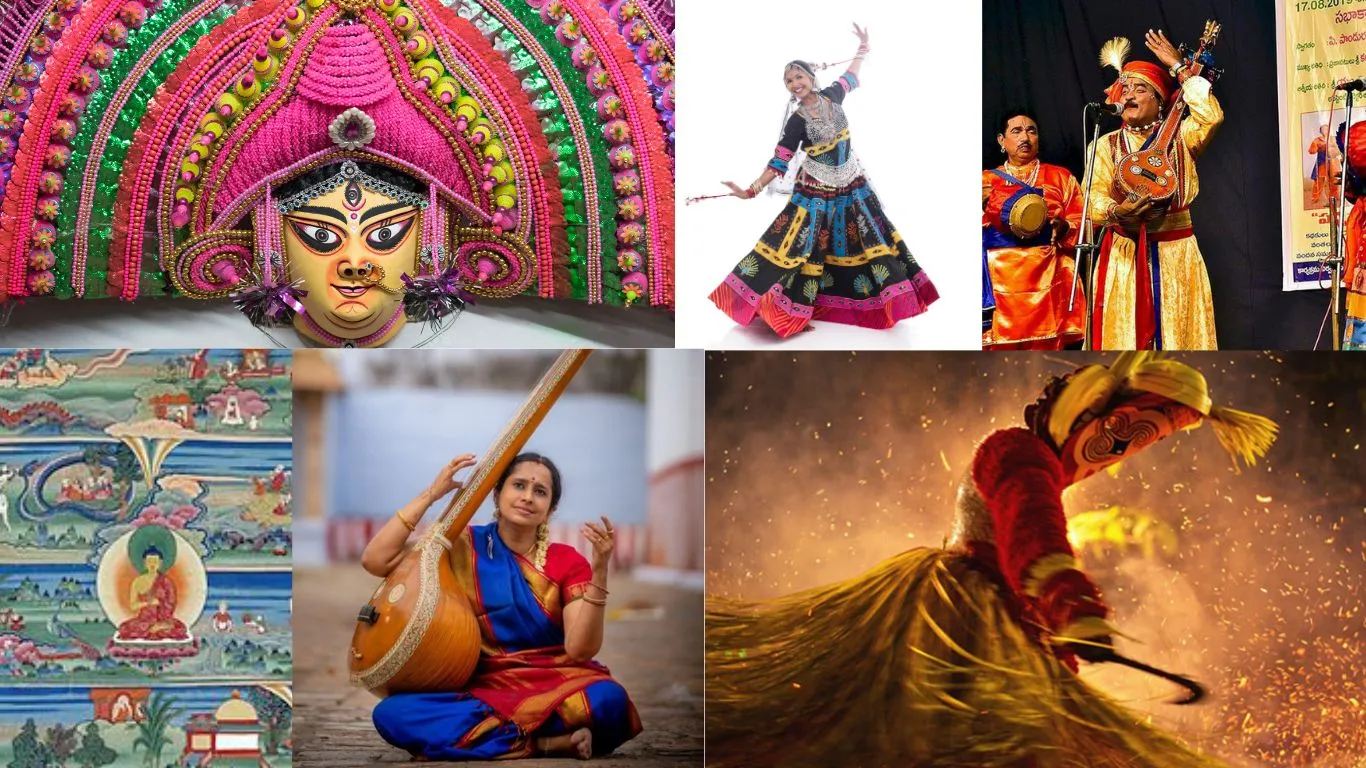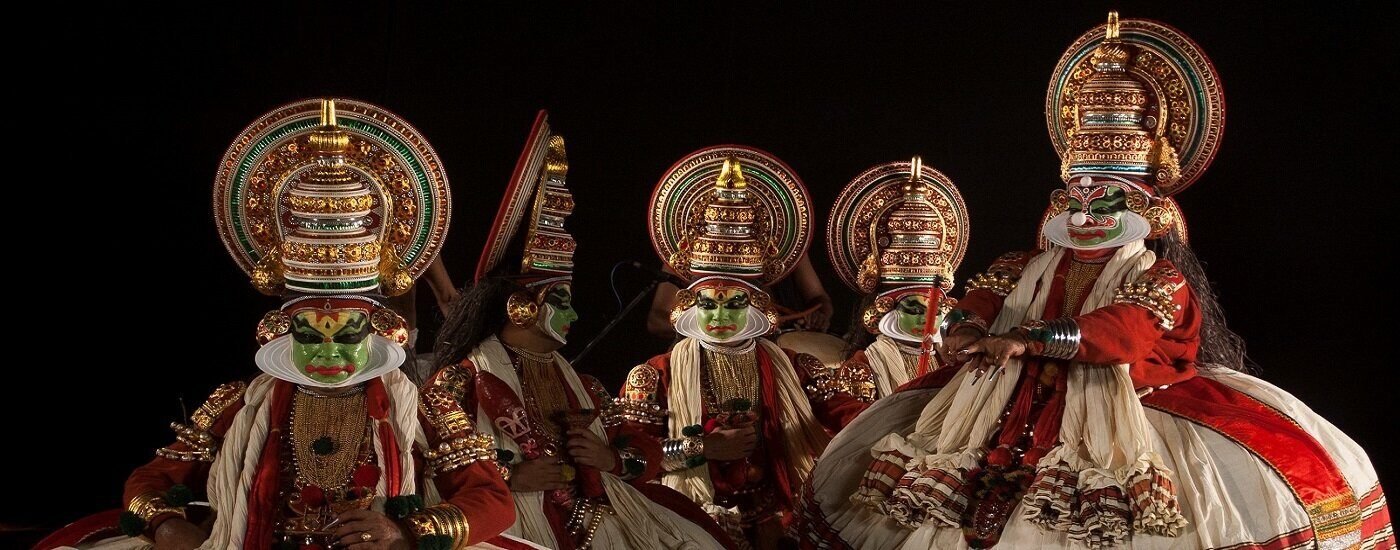India, with its rich tapestry of cultures and languages, boasts a profound legacy of folk tales and oral traditions. These narratives have been passed down through generations, embodying the essence of Indian heritage. The role of language in these stories is pivotal, not only in preserving cultural identity but also in shaping the way stories are told and understood. This article explores the significance of language in Indian folk tales and oral traditions, highlighting the intricate relationship between linguistic diversity and storytelling.
The Diversity of Indian Languages in Folk Tales
1.1. Regional Variations
Overview: India is home to hundreds of languages, each contributing to a unique storytelling tradition within its cultural context.
Key Points:
- Local Flavors: Folk tales vary significantly across regions, with each language adding distinct cultural nuances.
- Regional Dialects: Stories often incorporate regional dialects, making them more relatable to local audiences.
Examples:
- Panchatantra: Originally written in Sanskrit, the Panchatantra stories have been translated into numerous Indian languages, each version reflecting regional flavors.
- Punjabi Folktales: Tales from Punjab, narrated in Punjabi, often incorporate local customs, humor, and idioms, making them vibrant and engaging.
1.2. Multilingual Storytelling
Overview: In multilingual communities, stories are often told in more than one language, reflecting the linguistic diversity of the region.
Key Points:

- Code-Switching: Storytellers might switch between languages to emphasize certain points or to make the tale more inclusive.
- Cultural Integration: Multilingual storytelling fosters cultural integration and mutual understanding among different linguistic groups.
Examples:
- Bengali-Bihari Tales: In regions where Bengali and Bihari communities coexist, folk tales might blend elements from both languages.
- Kashmiri and Dogri: In Jammu and Kashmir, tales often weave together Kashmiri and Dogri, reflecting the region’s linguistic diversity.
Language and the Oral Tradition
2.1. Preservation of Oral Heritage
Overview: Oral traditions play a crucial role in preserving linguistic and cultural heritage, with language acting as the medium through which these stories are transmitted.
Key Points:
- Memory and Recitation: Oral traditions rely on the storyteller’s memory and linguistic skill to accurately recite tales.
- Generational Transmission: Language ensures the transmission of stories across generations, keeping cultural practices alive.
Examples:
- Rajasthan’s Kathputli: The puppeteers of Rajasthan use Hindi and Rajasthani to narrate tales through their puppets, preserving the region’s rich oral heritage.
- Adivasi Narratives: Indigenous communities like the Gonds and Bhils use their native languages to tell stories that preserve their history and beliefs.
2.2. Language as a Cultural Marker
Overview: Language in folk tales often serves as a cultural marker, highlighting the unique aspects of a community’s identity.
Key Points:
- Idiomatic Expressions: Folk tales are rich in idiomatic expressions that reflect the values, humor, and wisdom of a community.
- Cultural Specificity: The use of specific terms, proverbs, and phrases anchors stories in their cultural context.
Examples:
- Tamil Proverbs: Tamil folk tales often include proverbs that encapsulate the moral of the story, reflecting Tamil cultural wisdom.
- Marathi Folk Songs: In Maharashtra, folk tales are often accompanied by folk songs in Marathi, adding a musical dimension to the storytelling tradition.
The Evolution of Folk Tales through Language
3.1. Adaptation and Transformation
Overview: As languages evolve, so do the folk tales told in those languages, adapting to contemporary contexts while retaining their core essence.
Key Points:
- Modern Influences: Contemporary issues and modern idioms find their way into traditional stories, making them relevant to new audiences.
- Translation and Adaptation: Folk tales are translated into different languages, each time adapting to the linguistic and cultural norms of the new audience.
Examples:
- English Translations: Indian folk tales translated into English often incorporate modern language while retaining traditional themes.
- Television and Radio: Modern adaptations of folk tales for television and radio use colloquial language to engage wider audiences.
3.2. Digital Age and Language
Overview: The digital age has transformed how folk tales are shared, with language playing a crucial role in their online dissemination.
Key Points:
- Social Media: Platforms like YouTube and podcasts allow storytellers to reach global audiences in multiple languages.
- Digital Archives: Websites and apps dedicated to folk tales often provide translations and transliterations, making stories accessible to diverse linguistic groups.
Examples:
- StoryWeaver: This digital platform offers folk tales in multiple Indian languages, catering to children and educators.
- YouTube Channels: Channels dedicated to folk tales in languages like Hindi, Tamil, and Bengali are popular, with storytellers using modern technology to keep traditions alive.
Challenges in Preserving Language in Folk Tales
4.1. Linguistic Erosion
Overview: Linguistic erosion, where languages are at risk of disappearing, poses a significant challenge to preserving folk tales.
Key Points:
- Endangered Languages: Many indigenous languages are endangered, threatening the loss of unique oral traditions.
- Language Shift: Younger generations may shift to more dominant languages, leading to a decline in storytelling in native languages.
Examples:
- Tribal Languages: Many tribal languages in India are endangered, with oral traditions at risk of vanishing.
- Urbanization: As communities urbanize, the shift to dominant languages like Hindi and English often leads to a decline in regional storytelling traditions.
4.2. Standardization and Loss of Nuance
Overview: The push for standardization in language education and media can lead to the loss of regional dialects and linguistic nuances in folk tales.
Key Points:
- Educational Policies: Standardized language policies in education may marginalize regional languages and dialects.
- Media Representation: Folk tales in media often use standardized versions of languages, losing the richness of regional dialects.
Examples:
- School Curriculums: Standardized curriculums may not include regional folk tales, focusing instead on national or international literature.
- Television Adaptations: Folk tales adapted for national television often use standard Hindi or English, losing regional linguistic nuances.
Conclusion
The role of language in Indian folk tales and oral traditions is profound and multifaceted. Language not only preserves and transmits cultural heritage but also shapes the way stories are told and experienced. As India navigates the complexities of linguistic diversity and modernity, the preservation and adaptation of folk tales through language remain essential. By embracing both traditional and contemporary modes of storytelling, India can continue to celebrate and sustain its rich oral traditions for future generations.

